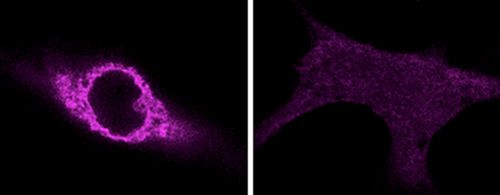Rare Disease’s DNA-Damaging Mutation Could Have Consequences for More Common Conditions

Jonathan Miner, MD, PhD, and his research team at the University of Pennsylvania Perelman School of Medicine and the Brain Research Institute at Niigata University have furthered their understanding of RVCL.
While it was already known that a mutation in TREX1 was behind RVCL, the mechanism by which it did its damage was not known. A new study published in Nature Portfolio highlights that TREX1 speeds up the typical process of DNA damage—a process some theorize is tied to every animal’s aging process—the researchers may not have only discovered the weapon TREX1 uses on RVCL patients but also offered insight beyond this hashtag#raredisease population.
Studying RVCL models in animal and human cells, Miner and his colleagues explored their hypothesis that the TREX1 mutation, which shortens the gene, was causing instability within cells and damage that appears similar to breakdowns seen in radiation injuries.
They found that the mutation was interfering with a DNA repair process, which occurs when there is a break in both strands of DNA. This interruption of the process allowed DNA to be deleted, and cells prematurely aged and stopped dividing, which leads to overall premature aging and organ damage.
The study’s findings provide a clearer picture for the types of treatments and medicines that could be pursued for people with RVCL. They could involve lowering levels of TREX1 in the body, correcting the mutation, or just blocking the gene’s DNA-damaging effects.
This is a hopeful development for those living with RVCL and offers a glimpse into the future of aging research. You can read the complete update here.
